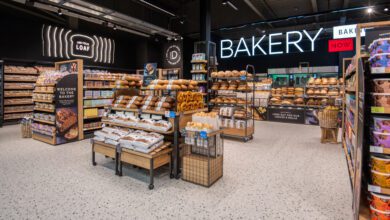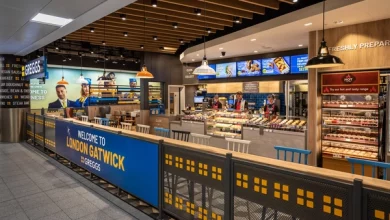Coronavirus: Lessons learnt from a multinational company operating in China

As the coronavirus crisis deepens, here are some insights from the CEO of supply chain planning software vendor, FuturMaster, on the impact of the virus outbreak and how companies can anticipate and react to such crisis situations based on the lessons learnt from various customers – including one of the world’s largest suppliers of bottled water operating in China.







